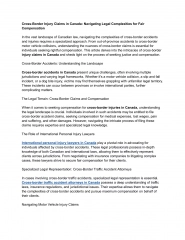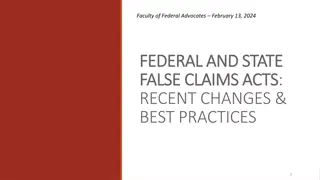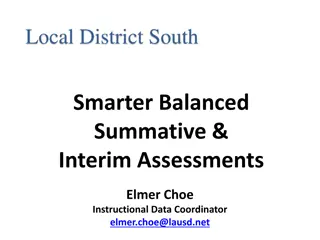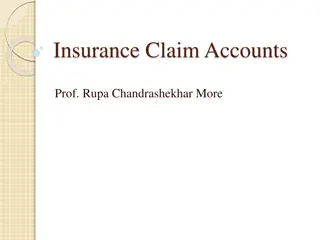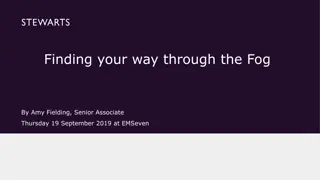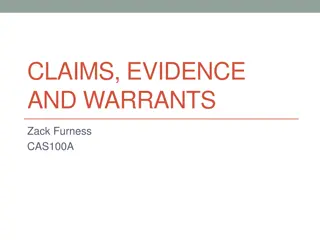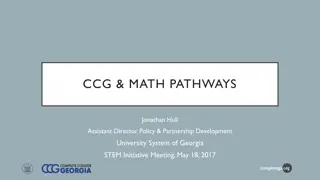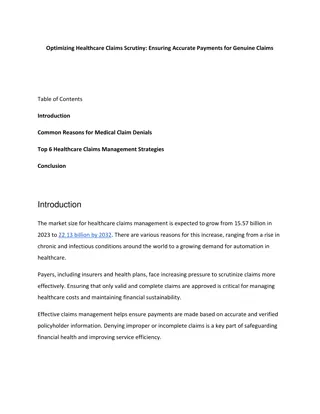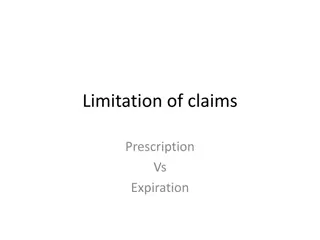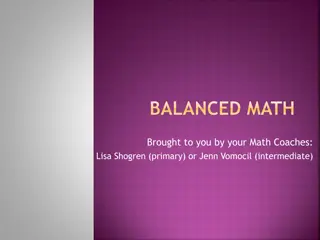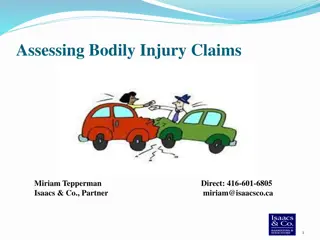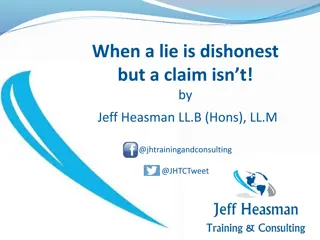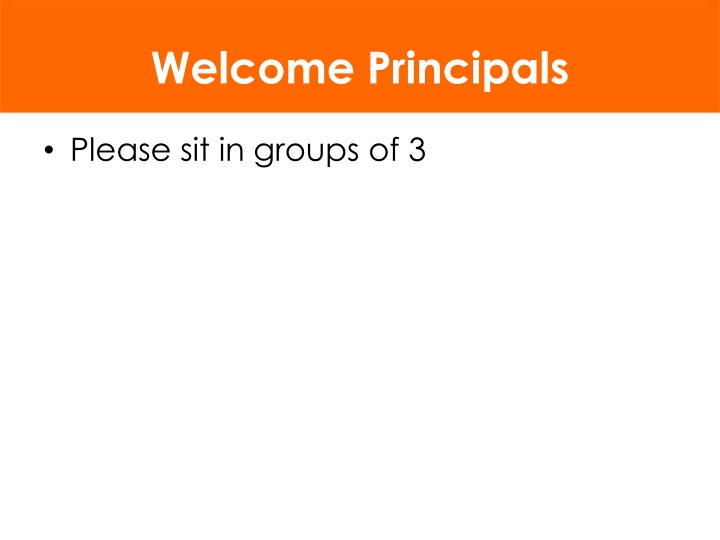
Understanding Smarter Balanced Assessment System
Explore the key components of the Smarter Balanced Assessment System, including formative assessment practices, interim assessments, and summative assessments aligned with college and career readiness standards. Discover the relationship between assessment claims and standards, and the implications for teaching and learning. Dive into California Common Core State Standards for mathematics and essential questions for administrators in education.
Download Presentation

Please find below an Image/Link to download the presentation.
The content on the website is provided AS IS for your information and personal use only. It may not be sold, licensed, or shared on other websites without obtaining consent from the author. If you encounter any issues during the download, it is possible that the publisher has removed the file from their server.
You are allowed to download the files provided on this website for personal or commercial use, subject to the condition that they are used lawfully. All files are the property of their respective owners.
The content on the website is provided AS IS for your information and personal use only. It may not be sold, licensed, or shared on other websites without obtaining consent from the author.
E N D
Presentation Transcript
Welcome Principals Please sit in groups of 3
THE SBAC SYSTEM Summative assessments benchmarked to college and career readiness (Grades 3-8 and 11) All students graduate college andcareer ready Standards set expectations on path to college and career readiness Teachers and schools have information and tools to improve teaching and learning Digital Library: Formative assessment tools and practices for teachers to improve instruction Interim assessments Flexible, open, used for actionable feedback 2
Assessment Cycles by Purpose Formative Assessment Process Interim/Benchmark Large-scale Summative Adapted from Herman and Heritage (2007) California Department of Education (2014) English Language Arts/English Language Development Framework for California Public Schools: Kindergarten Through Grade Twelve 3
Math Claims http://bit.ly/ISM92815 LOS ANGELES UNIFIED SCHOOL DISTRICT
Essential Questions What are Smarter Balanced Assessment Claims? How are claims and standards related? What are the implications for teaching and learning and for your work as an administrator?
California Common Core State Standards Math Practice Standards Common Core Mathematics Standards Content Standards Together, these standards address both habits of mind that students should develop to foster mathematical understanding and expertise, skills, and knowledge what students need to know and be able to do.
The Language of the Content Standards High School Standards have Conceptual Categories instead of domains Domains are larger groups of related standards. Clusters are groups of related standards. Standards define what students should understand and be able to do.
K-12 Math Practice Standards OVERARCHING HABITS OF MIND 1. Make sense of problems and persevere in solving them. 6. Attend to precision (of language and calculations) 2. Reason abstractly and quantitatively. 4. Model with mathematics. 7. Look for and make use of structure. 5. Use appropriate tools strategically. 3. Construct viable arguments and critique the reasoning of others. 8. Look for and express regularity in repeated reasoning. REASONING & EXPLAINING MODELING & USING TOOLS SEEING STRUCTURE & GENERALIZING
True or False? The SBAC individual student report and the school report for the summative assessment, provide us with a breakdown of how students did on each standard?
Overall score Claims score
Discuss with a shoulder partner How/where are the math content and math practice standards reflected in the SBAC score report?
2 very related systems each with their own language CCSS Domains and Conceptual Categories, Clusters, Standards, Math Practices SBAC - Claims and Targets. How are they related?
What are Claims? Claims are a summary statement about the knowledge and skill students will be expected to demonstrate on the assessment related to a particular aspect of the CCSS for mathematics. They answer the question - what are we assessing? (SBAC)
SBACs Overall Claims the big goals of the assessment Grade 11: Students can demonstrate college and career readiness in math. Grades 3-8: Students can demonstrate progress toward college and career readiness in math.
Evidence used to determine college and career readiness/progress Claim #1 Concepts & Procedures: students can explain and apply math concepts, and interpret and carry out math procedures with precision and fluency Claim #2 Problem Solving: students can solve a range of well-posed problems in pure and applied math, making productive use of knowledge and problem solving strategies Claim #3 Communicating Reasoning: can students clearly and precisely construct viable arguments and critique the reasoning of others? Claim #4 Modeling and Data Analysis: can students analyze complex real-world scenarios and construct and use mathematical models to interpret and solve problems?
Targets Claims are broken down further into targets. Some Targets are generic and some targets are grade-level specific.
Whats the connection between Claims and Standards? #1 Claim 1 pgs. 28-29, & 33 for MS 36 for HS Firoza will model For each claim, read the section titled Assessment Targets #2 Claim 2 pgs. 45-47 #4 Claim 4 pgs. Bottom of 58-63 #3 Claim 3 pgs. 51-55
As you read look for and record 1) Which set of standards is the CLAIM aligned with content standards or the math practices 2) What are the targets? Provide an example. Which math practices are aligned. 3) What is the range of DOK for this claim 4) What types of tasks will students be asked to do
Claim 1 pg 28-29, 33 or 36 Which Standards: Content Standards Targets are: Cluster Headings Types of problems: Carry out procedures and show understanding of concepts. DOK: Mostly 1 and 2
Summary of Reading STANDARDS ADDRESSED CLAIM TARGETS DOK Grade level content standards Math Practices Clusters Mostly 1 and 2 1 Concepts and Procedures 2 and 4 Problem Solving and Modeling with Math 3 - Communicating Reasoning Acts of problem- solving and modeling Acts of Reasoning Mostly 2- 4 Math Practices Mostly 2- 4
How are the claims weighed? STANDARDS ADDRESSED % WEIGHT on OVERALL SCORE CLAIM Grade level content standards Math Practices 50% 1 Concepts and Procedures 2 and 4 Problem Solving and Modeling with Math 3 - Communicating Reasoning 25% Math Practices 25%
Quickwrite: What are the Implications for your work? Consider 2 areas: Your work in leading the department/ILT? Look fors as you do classroom observations?
Are you seeing balance 50/50 balance in your classrooms? As you walk classrooms over the next 2 weeks. Use Note Taking Guide to record the types of problems students are working on. Categorize them by claim.
Claim It! Sorting Activity In groups of 2, match each Smarter Balanced assessment item to one of the claims. If the item assesses claim 1, identify the cluster and determine if it s a major or additional/supporting cluster If the item assesses claim 2, 3, or 4, identify how the question connects to the math practice. Claim 4 Claim 3 Claim 1 ? Claim 2
High School Answer Key Claim 1 Claim 3 Mean Claim 2 Claim 4
Middle School Answer Key Claim 1 - Dividing Fractions Claim 3 Claim 2 Bee problem
Essential Questions What are Smarter Balanced Assessment Claims? How are claims and standards related? What are the implications for teaching and learning and for your work as an administrator?


